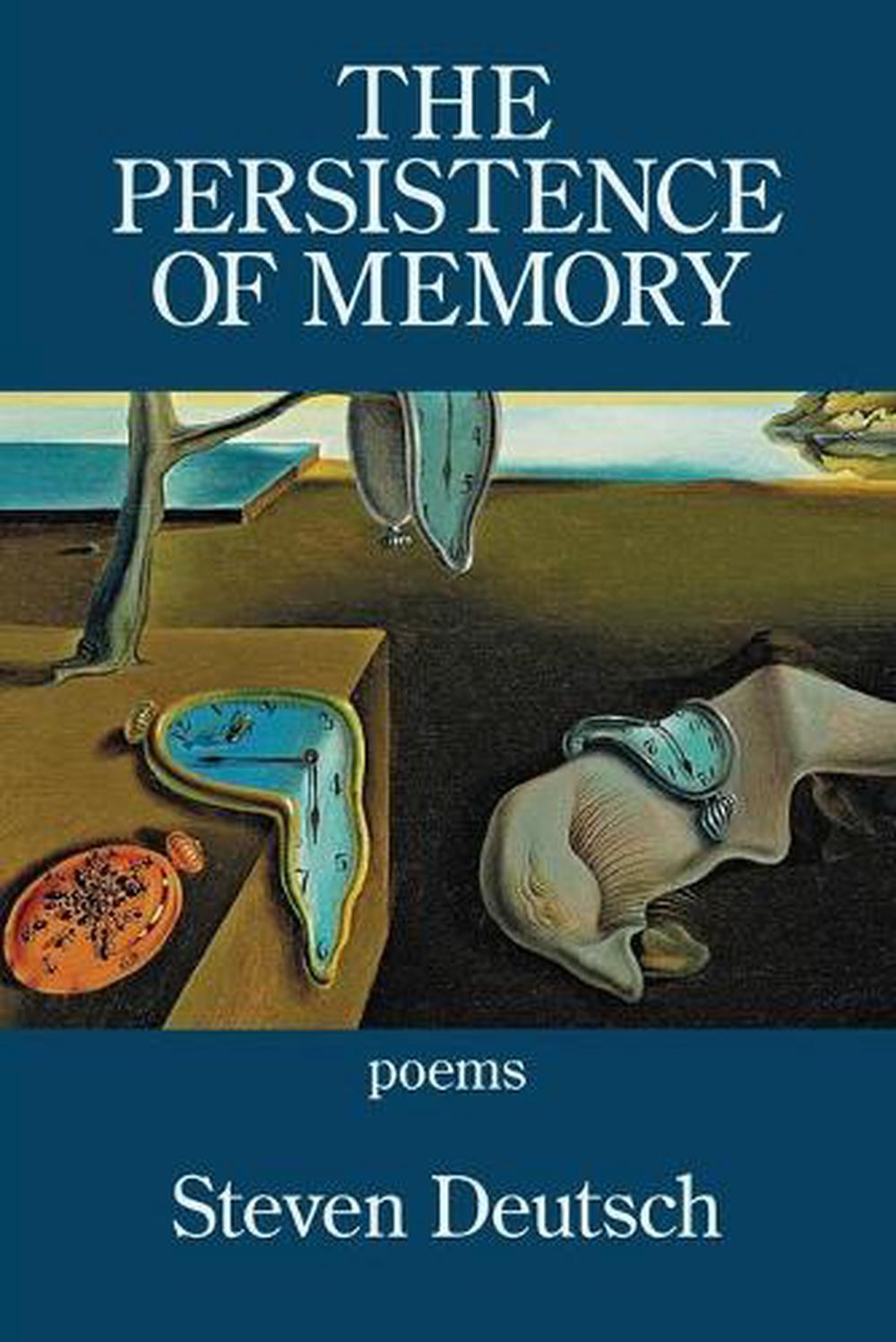

To begin, Dalí creates multiple planes, producing a box which we see in the bottom left corner of the canvas. The composition of The Persistence of Memory consists of planes (flat surfaces giving direction in artwork), asymmetrical balance, illusions of depth, impeccable line detail, manipulation of shapes, and dreamlike colors. Every decision regarding abstract objects, element, medium, representation, and illusion work together to convey Dalí’s message so precisely but in unanticipated ways also. His attention to detail was exquisite because the olive-green velvet border seemed just as graceful as the vibrant colors used in the painting. Lastly, within the boxed display is an olive-green velvet border around the painting, which Salvador Dalí applied himself. Next, The Persistence of Memory is enclosed in a boxed display with glass covering, almost as if we are looking in through a three-dimensional window. First, the artwork is not as large as other paintings at the MoMA, but its concept is like no other as well. Ultimately, I chose The Persistence of Memory because every detail of this artwork drew my curiosity forward. I narrowed my choices to Vincent van Goughs’, The Starry Night (1889), Salvador Dali’s, The Persistence of Memory (1931), and Henry Rousseau’s, The Sleeping Gypsy (1897).

During my visit to the Museum of Modern Art, there were sculptures, artworks and architecture that would have made excellent selections to study and write about. I have always wanted to learn about the history of art and the connotations artists attempt to convey through their works.


 0 kommentar(er)
0 kommentar(er)
